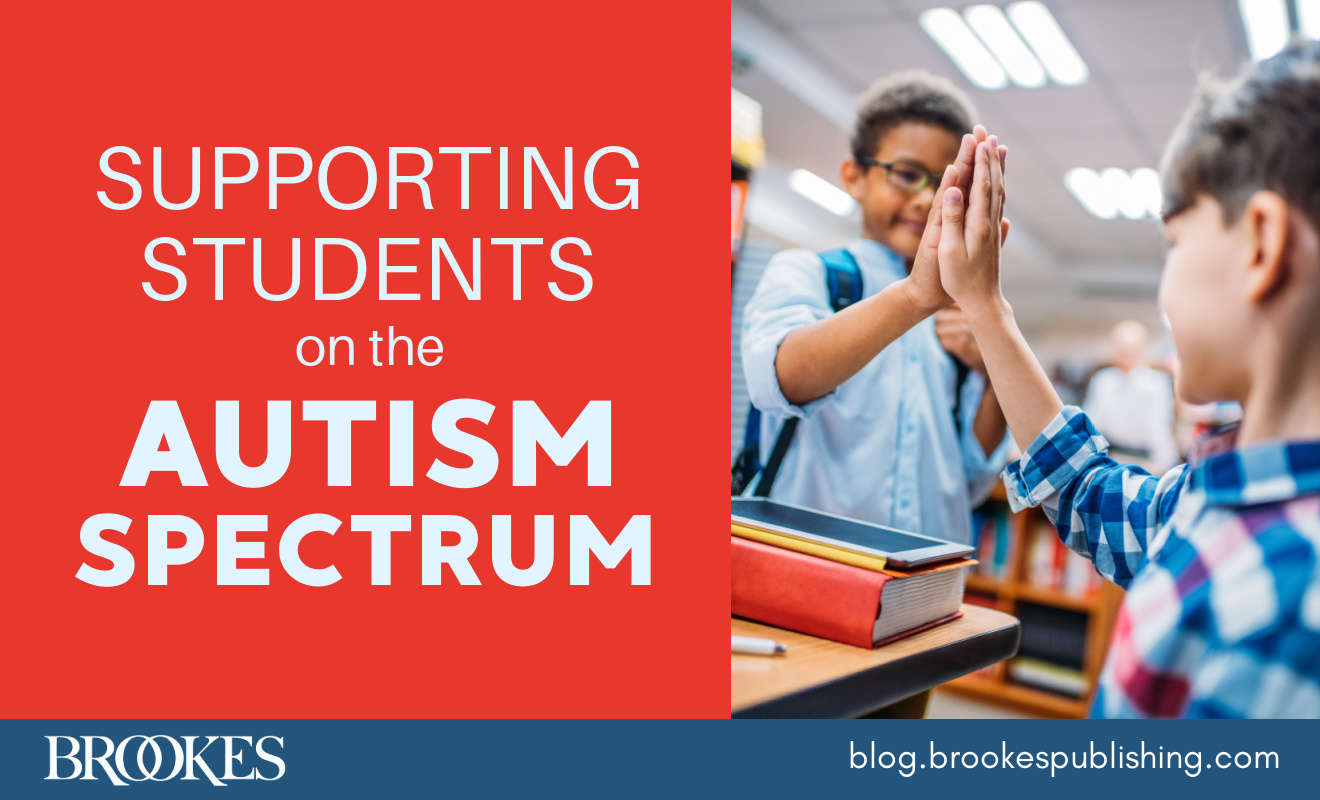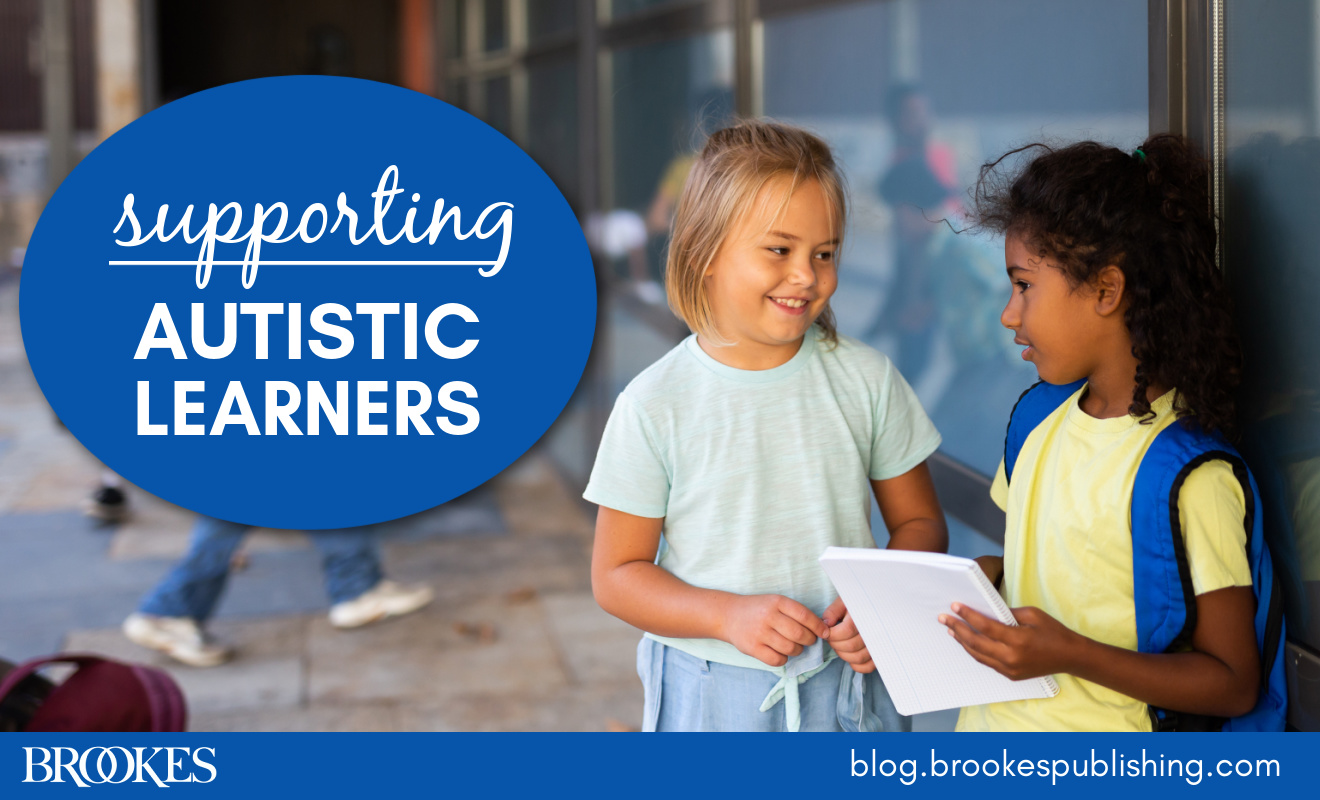12 Tips for Preventing Challenging Behavior in Your Inclusive Classroom
February 13, 2024
 Preventing behavior challenges before they start is one of the most important things you can do to support your students’ engagement, wellbeing, and readiness for learning. Excerpted and adapted from the third edition of Paula Kluth’s popular guidebook You’re Going to Love This Kid!, today’s post offers 12 practical tips you can use to help promote positive behavior for all students in an inclusive classroom.
Preventing behavior challenges before they start is one of the most important things you can do to support your students’ engagement, wellbeing, and readiness for learning. Excerpted and adapted from the third edition of Paula Kluth’s popular guidebook You’re Going to Love This Kid!, today’s post offers 12 practical tips you can use to help promote positive behavior for all students in an inclusive classroom.
See the best in students. Look for competence and complexity in every learner.
Be respectful. Speak about students using affirming and positive language, and never speak about students in front of them.
Add sensory support. Assess for possible sensory challenges (e.g., bright lights, strong smells, loud noises, changing temperatures) and regularly ask students about sensory needs.
Prioritize joy. Make sure the student has fun at school. Lessons should be appropriately varied, favorite topics and activities should be included in the curriculum, and students should have plenty of opportunities to shine in the classroom and beyond.
Consider connection. Make sure the student has opportunities for relationship building (e.g., games, free time to talk) throughout the day. Provide support, if needed.
Start with communication. Ensure that the learner has a way (or many ways) to communicate. If the person is nonspeaking or does not have reliable communication, then they will need augmentative and alternative communication (AAC) supports for socializing with peers, responding to the teacher, and engaging in lessons. For those already using AAC, regularly assess the complexity of their communication system to determine if they need new vocabulary or additional content-related menus.
Build in breaks. Ensure the student has enough movement, cognitive, and sensory breaks throughout the day. When an individual seems especially frustrated or “off,” add opportunities for vigorous exercise (e.g., doing jumping jacks, running around the playground).
Teach by the numbers. Help the student recognize and interpret feelings that lead to a breakdown. Use a number scale or similar tool to have the student describe and visualize their emotional state. Then teach about different scenarios. For example, if the teacher starts class 5 minutes late, then they might put themselves at 2 out of 10 on the scale; if the band teacher is sick and misses a lesson, then that might rate a 6 out of 10. Teaching and discussing this process during calm moments makes it more likely the student will be able to draw on this language and these descriptions when needed.
Make it clear. Be explicit about rules, norms, procedures, and expectations. Students’ behaviors may be their response to a confusing world.
Think beyond smiles and frowns. Avoid categorizing each hour or segment of the day as “good” or “bad,” as in, “How did you do in math?” and “Were you good during first period?” Many behavioral programs put students in a position of being evaluated and assessed day in and out (e.g., a smiley face for a segment of good behavior and a frown for a segment of bad behavior). This constant scrutiny can be very stressful.
Break it down. Chunking big tasks down into more manageable parts can prevent some difficulties. A student will probably respond better to a request to “pick up 10 blocks” than to “clean up the play area.”
Anticipate possible problems. Assess the student’s environment to see which tasks or activities may cause difficulties and whether these can be avoided or adapted in some way. For instance, if the child gets into trouble on the bus when they sit near older students, then assign them a seat mate or allow them to play a video game during the trip.
Want more guidance on successful inclusive classrooms, including more tips and strategies on addressing behavior challenges? Check out the third edition of the widely used book You’re Going to Love This Kid!, a practical guide with a clear focus on the strengths, gifts, and perspectives of autistic learners.





Write a Comment
Your email address will not be published. Required fields are marked *
Post a Comment